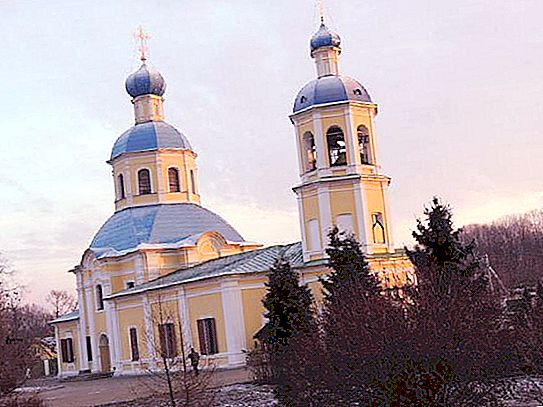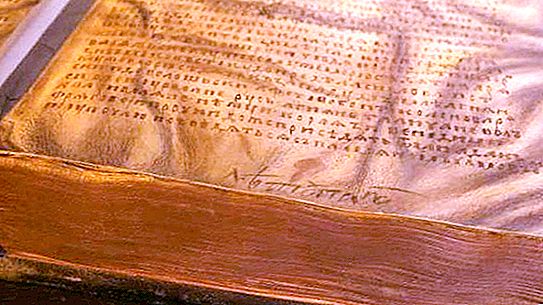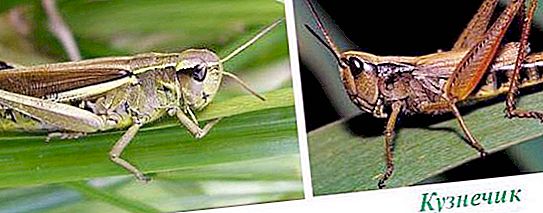Manor "Yasenevo" and several other historical estates located in the territory of the Bitsevsky park in Moscow. It passed from hand to hand, its owners were princes, kings: Ivan the Terrible, Boris Godunov, Mikhail Fedorovich and Alexei Mikhailovich, Peter Ι, then they owned the estate of Lopukhina, Gagarina, and, in the end, the territory passed into the possession of a scientific and production enterprise. What is the fate of the historical and mysterious estate? We will talk about this below.
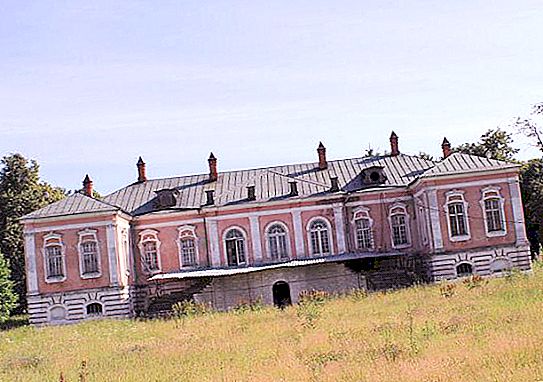
The history of the estate "Yasenevo" in Moscow. Grand Ducal Estate
The name "Yasenevo", according to some scholars, arose on behalf of one of the first owners, who, according to rumors, was the key keeper of Grand Duke Andrei Bogolyubsky. Yasin came from the Caucasus, hence his name. At different times, the settlement was called Yasenye, Yasenevskoe, Yasinovskoe, Yasinovo, Yasnevo and, finally, transformed into the modern familiar to us.
Manor "Yasenevo" is an ancient estate near Moscow. In the XIV century, the lands were owned by the great Moscow prince John Kalita. And the first written mentions are found in a spiritual letter compiled by him in 1331. After the death of the prince, the estate was inherited by his son Andrei.
In the XV century, the estate was taken over by Prince John III.
From historical data it is known that on the land of this locals grew currants, strawberries. The village was famous for its fruit, apple and cherry orchards.
In the Time of Troubles, Yasenevo remained the royal estate, and, like many villages along the Kaluga Road, it was also ravaged and burned to the ground.
The village owes its revival to Fedor Romanov. He ordered the construction of a wooden church here. After his death, the estate passed from hand to hand, and finally, in the XVII century, Prince Lvov Aleksey Mikhailovich became the owner of the estate. He reconstructed a wooden village church and built a bell tower, put up a master two-story wooden house, and set up stables and stockyards on the property. Yasenevo has grown and transformed. The estate was located in a very picturesque place, it was surrounded by grasslands, forest land and wastelands.
Manor - royal estate
In 1656, Prince Lvov died, he did not have children. And the estate passed into the possession of Sovereign Alexei Mikhailovich. He loved these places and often came here with his wife and young son, the future emperor Peter Ι. Alexei Mikhailovich planned to equip his suburban residence here, but because of his death his plans were not destined to come true. During his lifetime, he managed to build here only a large two-story wooden Znamensky church.
Possession of the Lopukhins
The estate was inherited by Peter Ι, and when he married Evdokia Lopukhina, he donated the Yasenevo estate to his father-in-law Illarion Avramovich Lopukhin. But Evdokia fell into disgrace to her husband and was exiled to the monastery, and with it the whole family of the Lopukhins fell into disgrace of the royal family. The property was taken from them and it was returned only after ten years to Peter р Fedor Lopukhin.
The latter replaced the wooden estate with a stone one and launched a large construction site here.
Gagarin's estate
In 1800, Emperor Pavel Ι presented the estate to his favorite Gagarina Anna. Under the Gagarins, a farm appeared on the territory, and gardening was actively developing.
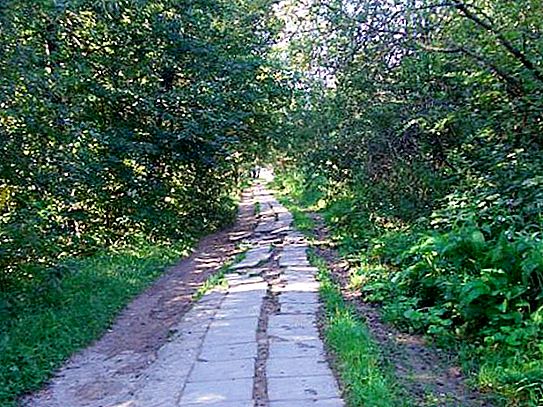
Then the estate was inherited by Maria Buturlina (nee Gagarin), with her about 700 people lived in the village, there were two Zemstvo schools and a brick factory worked.
Until the October Revolution, the estate belonged to the Gagarin family.
Soviet years
After the revolution, the estate was nationalized. Many artistic values disappeared without a trace, only a few of them were transferred to state museums. The library of the estate was barbarously destroyed.
The house was completely deserted, and in 1924 there was a terrible fire, as a result of which it burned down.
In the early 1930s, the ruins of the house began to be dismantled, only the basement remained untouched. They planned to build a holiday home here, but did not begin construction. The wings were used for living quarters.
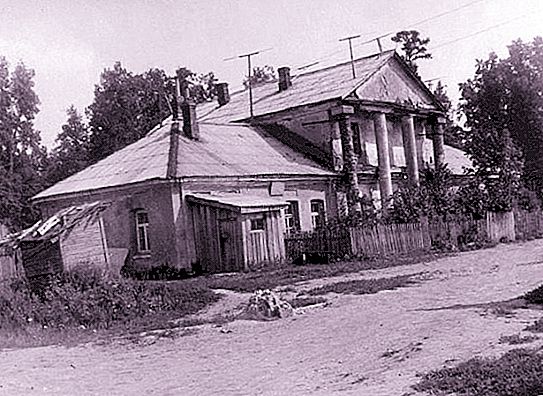
In 1960, the village of Yasenevo became part of Moscow, mass development was launched here. A few years later, the historic ancient estate was surrounded by high-rise buildings.
Restoration work of the manor house began only in the 1970s, architects Ignatiev G.K. and Shitova L.A. They tried to restore the building to its appearance in the 17th century.
Yasenevskaya Peter and Paul Church and the main buildings of the estate
The main buildings of the estate: manor house, two outbuildings, stable. Opposite it is the Peter and Paul Church, built in 1750 during the time of Fedor Lopukhin. The temple is known and notable for the fact that here in 1822 the parents of Leo Tolstoy were married.
In the 30s of the XX century, the temple was closed, it was used as a warehouse, and then completely abandoned. Historical wall paintings have not been preserved here. In the late 1970s, the church was restored and is currently a functioning temple.
Restoration of the estate
After it burned down, the manor house was restored in the 1970s, but the restoration was not completed, and it was turned into a warehouse of materials.
In 1995, another attempt was made to restore the house, but as a result, her house was only plastered and painted pink. Twenty years after the last restoration, the walls of the house cracked, its foundation sank.
An indifferent group of residents of the Yasenevo district now appealed to various authorities, but their petitions either remained unanswered, or they received concise bureaucratic letters to their requests. Then they turned for help to the Honest City Foundation, whose leader is Vladimir Kochetkov. The Honest City Foundation and Vladimir Kochetkov in the Yasenevo estate organized a clean-up day to clean up the territory and collected signatures of local residents in the defense of the monument of architecture.
Manor "Yasenevo" now
Currently, the estate is 27 hectares. On its territory there is a manor house, two outbuildings, a stable.
In the old manor park, several old trees have been preserved. Partially preserved linden alley, founded in the XVIII century. Once it rested against a gazebo located near a chain of ponds. Currently, three artificial lakes have been preserved in the western part of the estate, one of which is in a more or less normal state. They have been known since 1766. Now they are in very poor condition. All ponds are standing, one of them has a fountain.
Yasenevo Manor House is currently empty. In 2015, trash inside the building on the right wing caught fire.
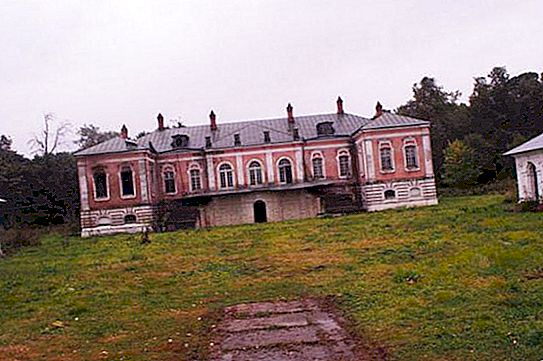
Most of the buildings of the estate require repair and restoration.


